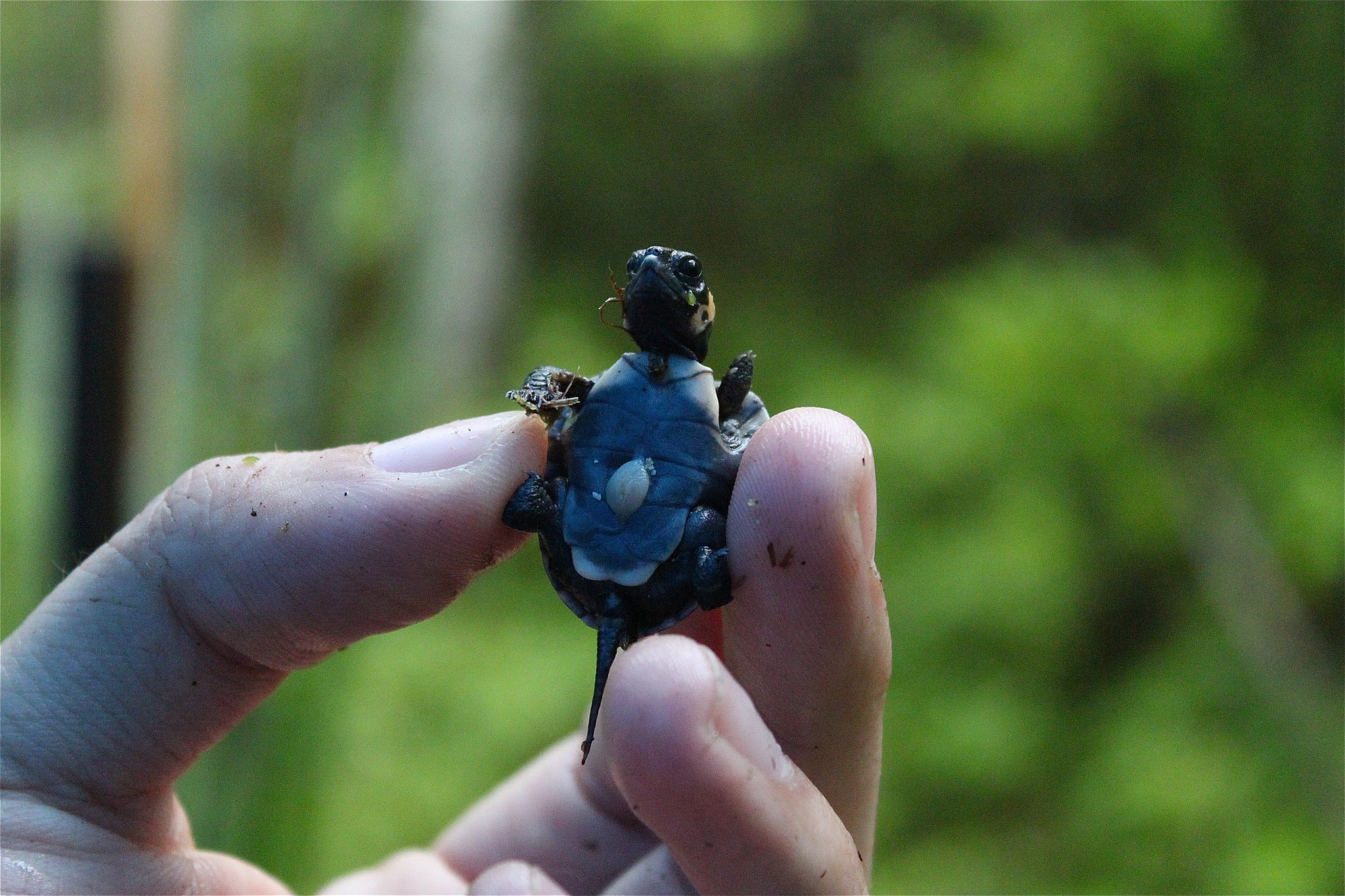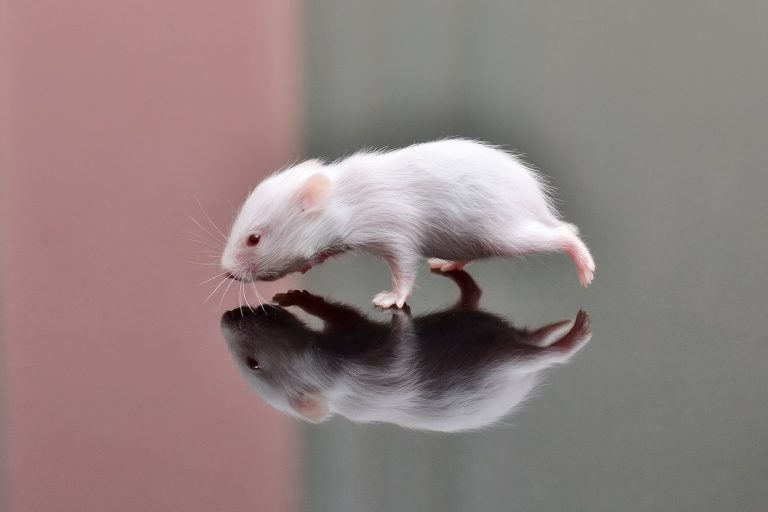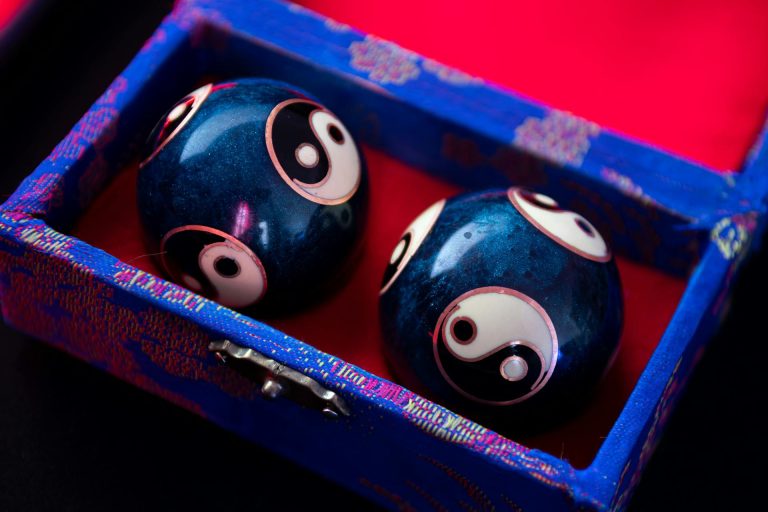From a very early age, we are engrossed in the miniature. Our world of play is packed with puny people, tiny cars, and diminutive building blocks. If we continue this healthy recreation into adulthood, miniatures might include pricy collectibles and complicated constructables. Even in the workplace we often scale things down. What is this obsession with miniatures and where does it come from?
Feeling of control/power
Most researchers agree that miniatures give us a feeling of control; especially for children, who otherwise have little say in most matters. In a dollhouse, they can make the inhabitants do exactly as they wish, and arrange the furniture however they like without worrying about pleasing others. They control who wins the car race, make important design decisions in building structures and cities, and see their good guys win fierce battles.
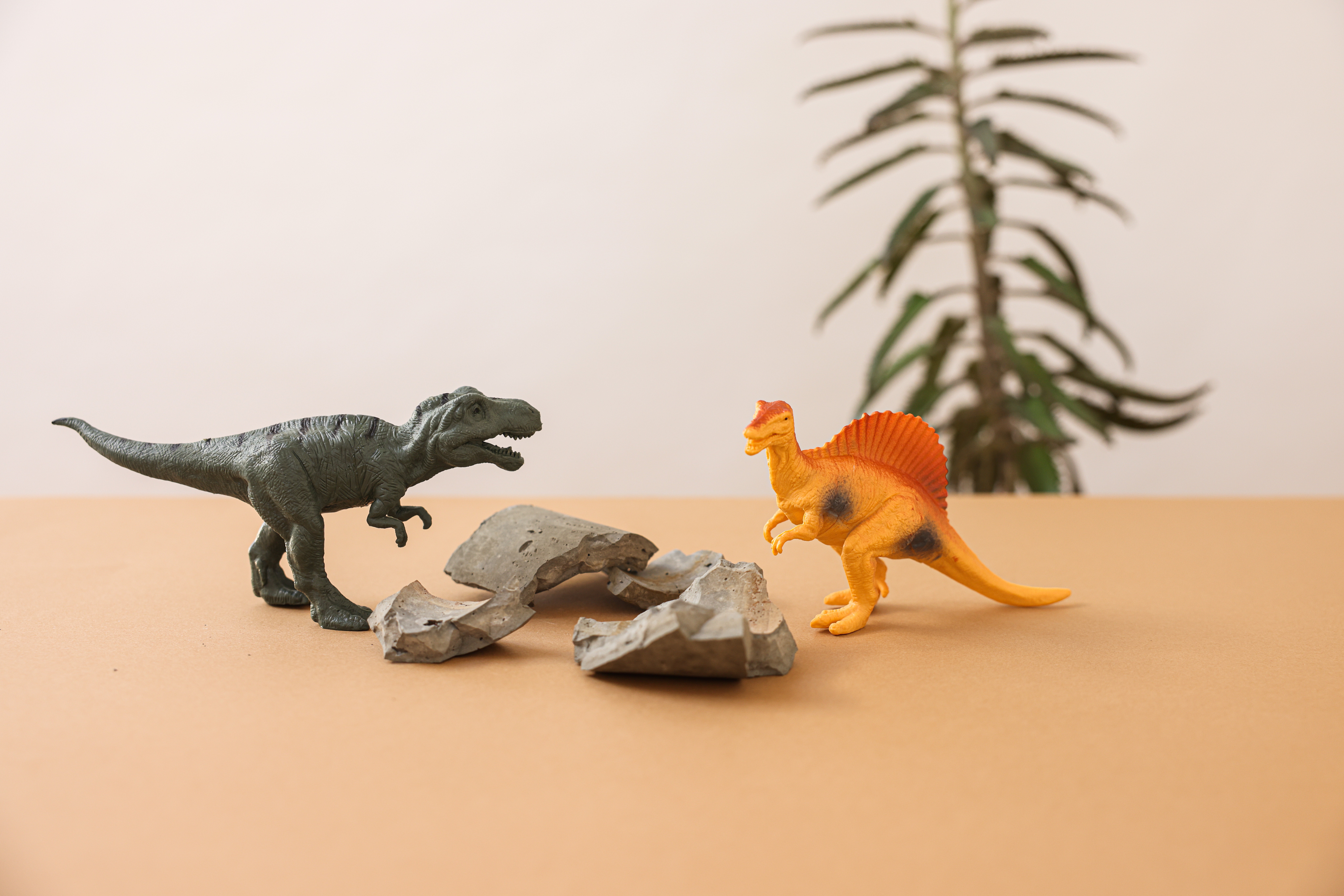
The satisfaction derived from having the power to choreograph situations to our specifications is undeniable. To be sure, power can go to one’s head; but a small dose of it is healthy and can help us express our true nature without inhibitions.
As adults, we tend to play less and work more, setting aside the fantasy world. Eventually, however, we may become overwhelmed with the degree of responsibility we have assumed and move again toward mini, or “downsize.” Houses, businesses and material possessions all become more manageable at a smaller scale; giving truth to the saying “less is more.”
The cute factor
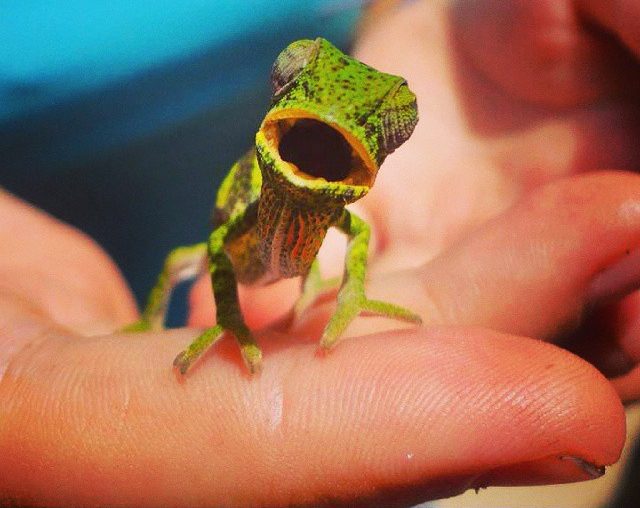
There is also the issue of small things being cute — especially when it comes to animals. Even creatures that you might not relish meeting as adults are adorable in their early stages. Why are they so endearing? Neuroscientists have found two factors at play.
Success
You are now signed up for our newsletter
Success
Check your email to complete sign up
First, the orbital frontal cortex (OFC), located just above the eye sockets, is well connected with both emotional and sensory structures. Upon recognizing something as cute (typically having a little body, and relatively big head and eyes), this area of the brain sends out messages that make us want to hold it and protect it.
At the same time, the nucleus accumbens (NAc) releases the “feel-good hormone” — dopamine — causing us to want to continue experiencing cuteness. Together, these emotional signals are referred to as “hijacks,” since they arrest our attention in an almost addictive manner.

Meanwhile, most of us also have a nurturing nature in our hearts. Be it a baby, a kitten, a duckling or a seedling, studies show that the perception of cuteness increases our attentiveness. Tending carefully to the miniatures of our affection is a positive and fulfilling activity that benefits both parties.
The appeal of harmlessness
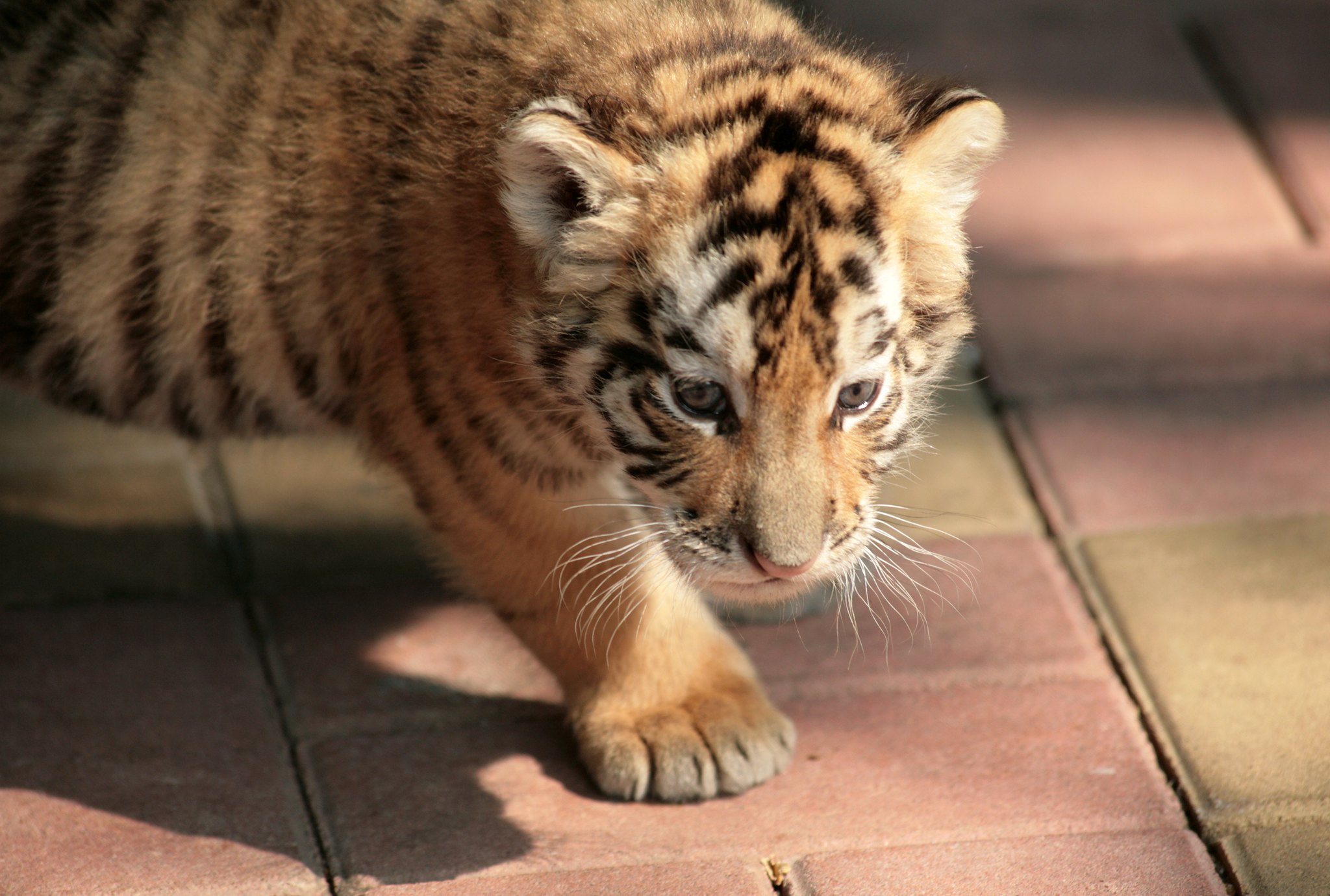
Much of human instinct revolves around safety and protection. Little things are seldom threatening — at least those things we can see. When something is both within our control and appears helpless, it can do little harm.
The absence of threat among miniatures can make us feel comfortable and at ease — Feng Shui’s prerequisite for harmony and tranquility. After all, when you’re anxious about being attacked at any moment, it is hard to become balanced in your heart and mind.
Enhanced understanding
Miniatures enable us to see things from a different perspective and gain understanding. A globe, for instance, allows us to see the whole world in a glance, and then pore over the details with fervor. Likewise, a scaled-down model of our solar system is easy to comprehend, since you can see each planet’s relative position in space. Just try imagining that in your mind.
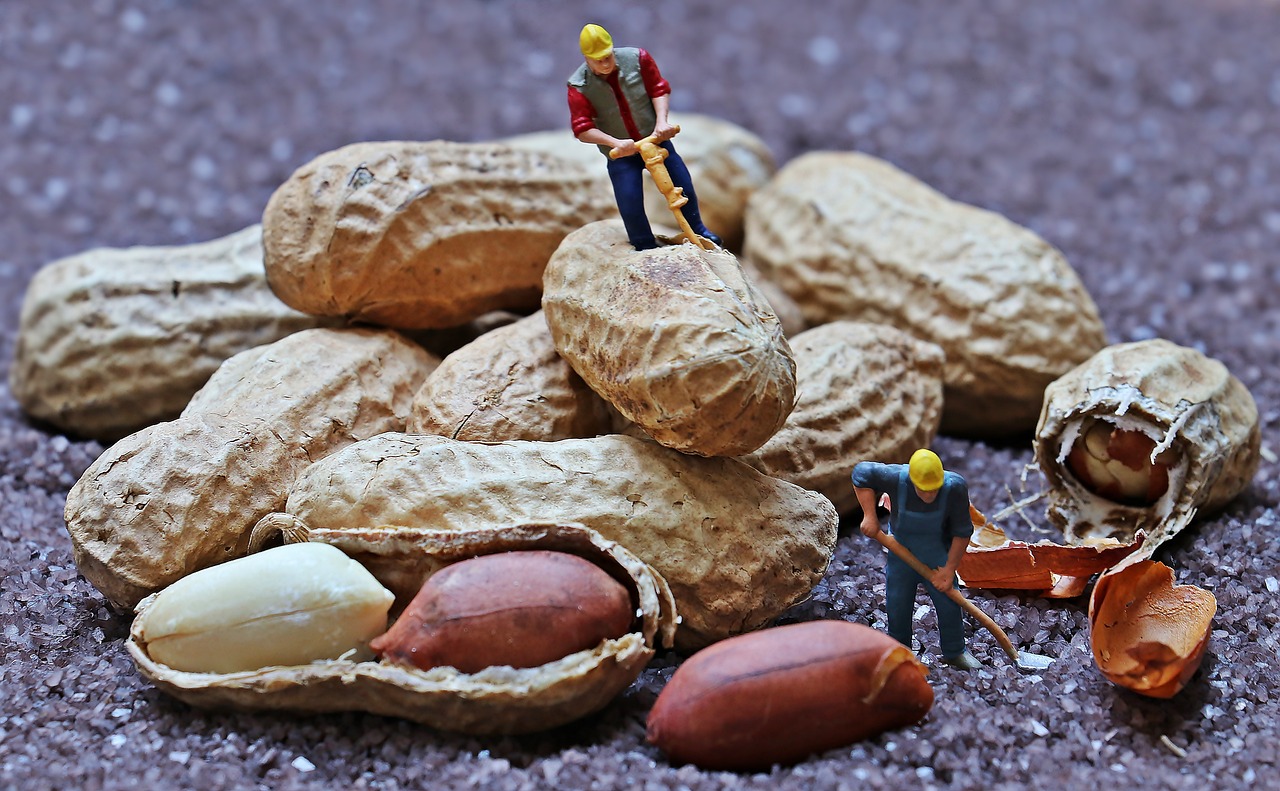
On the other hand, when we look at tiny figures placed among full scale objects, we tend to put ourselves in their tiny shoes; entering a miniature dimension, so to speak. We can imagine the everyday challenges of life at that scale, and appreciate the advantages of our actual stature — or dream up daring, diminutive adventures.
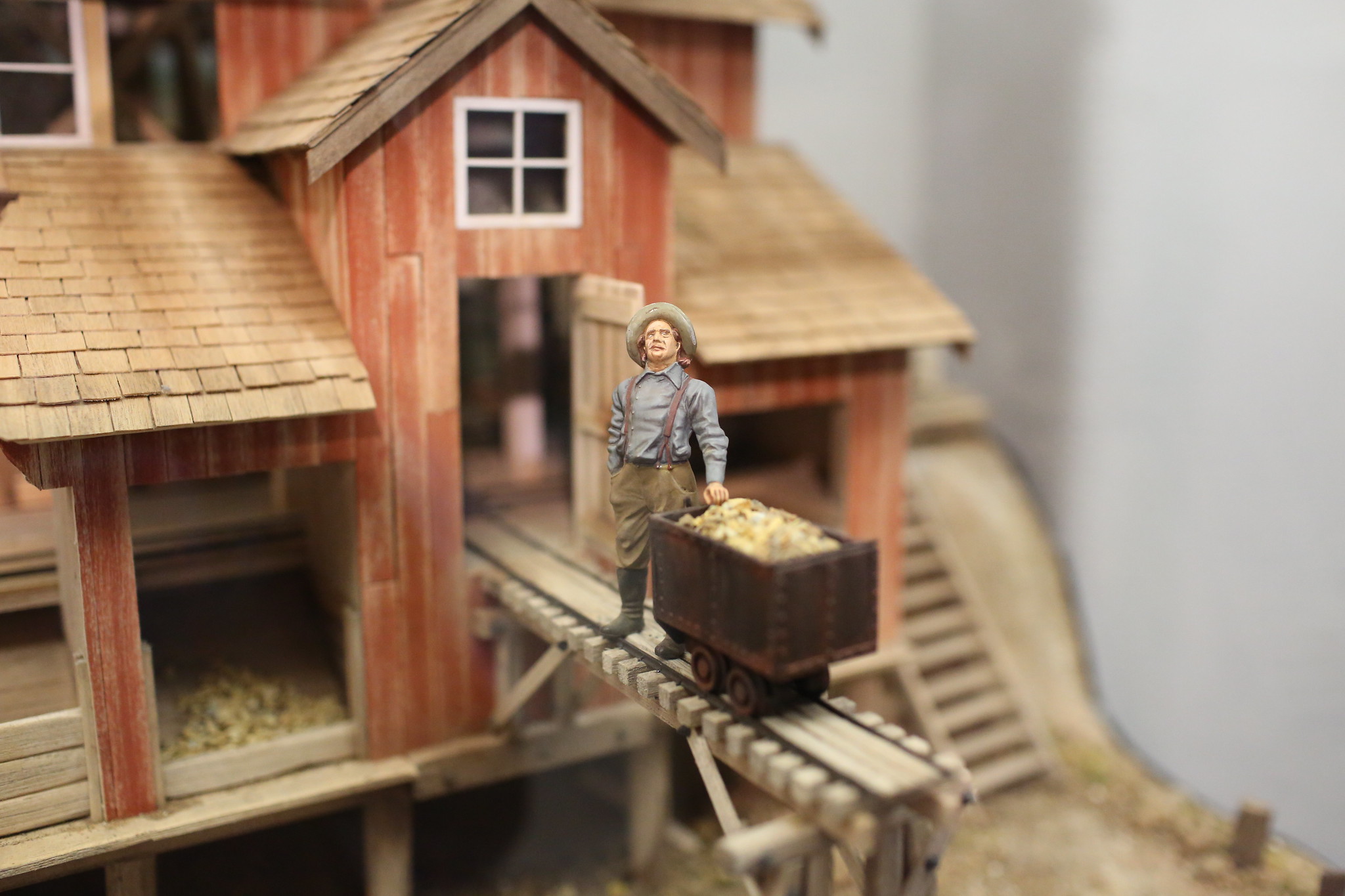
Artists often plan their work in miniature, saving valuable materials from being wasted on mistakes; while engineers and architects also construct detailed sketch models in designing complex construction projects. This not only helps sort out problematic details, but also serves as a tool to help others visualize the intended result.
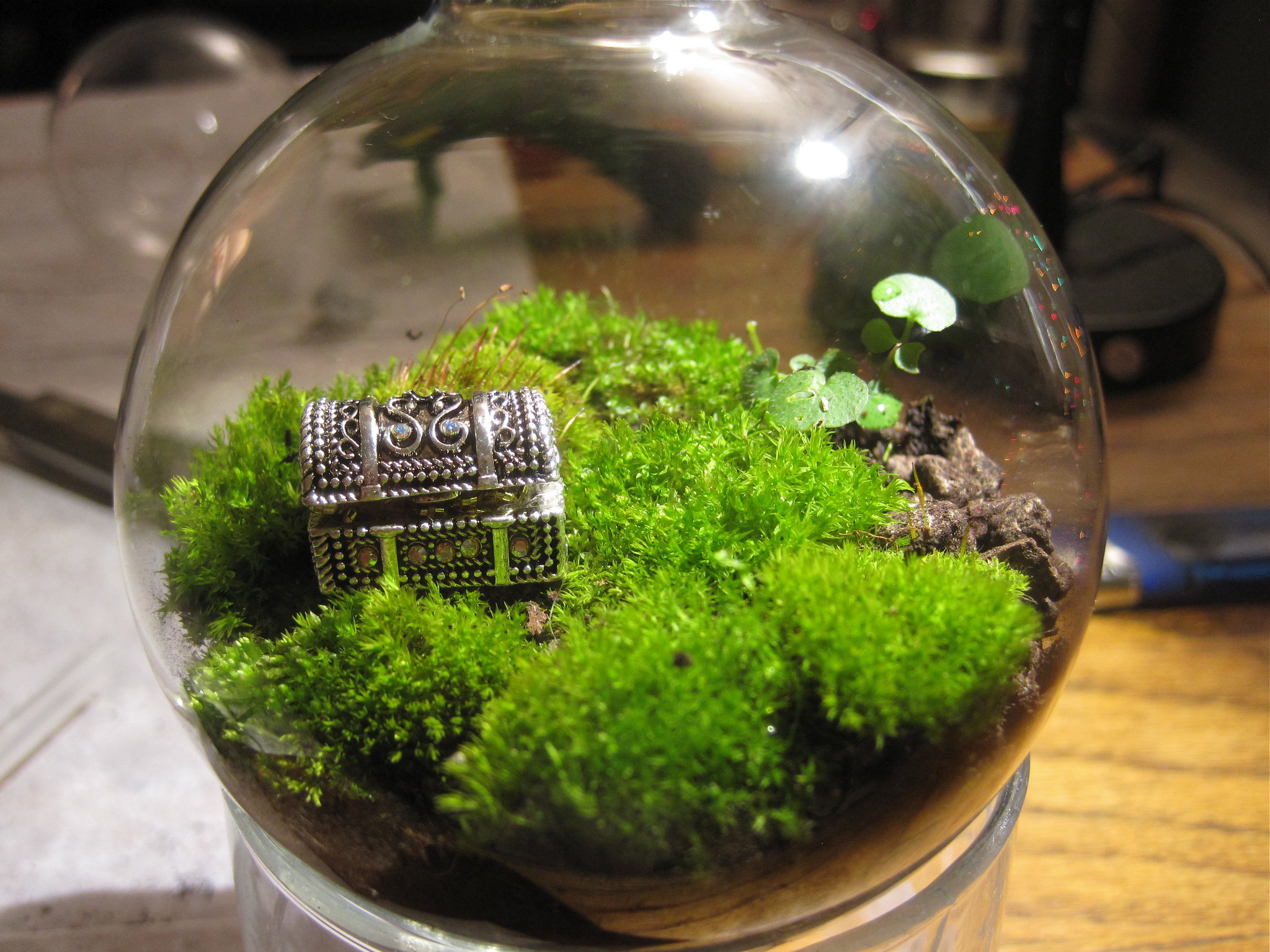
Escapism
Some people retreat to a miniature world to escape the stress and chaos of the real one. Becoming absorbed in such a scenario can be refreshing, inspiring or even therapeutic.
Dozens of male celebrities own — or owned — model train sets; including Walt Disney, Fred Rogers, Bruce Springsteen and Tom Hanks. Colleen Moore, an early American film star, owned eight dollhouses, including the famous “Fairy Castle.” This marvelous miniature is worth approximately $7 million and can be viewed at Chicago’s Museum of Science and Industry.
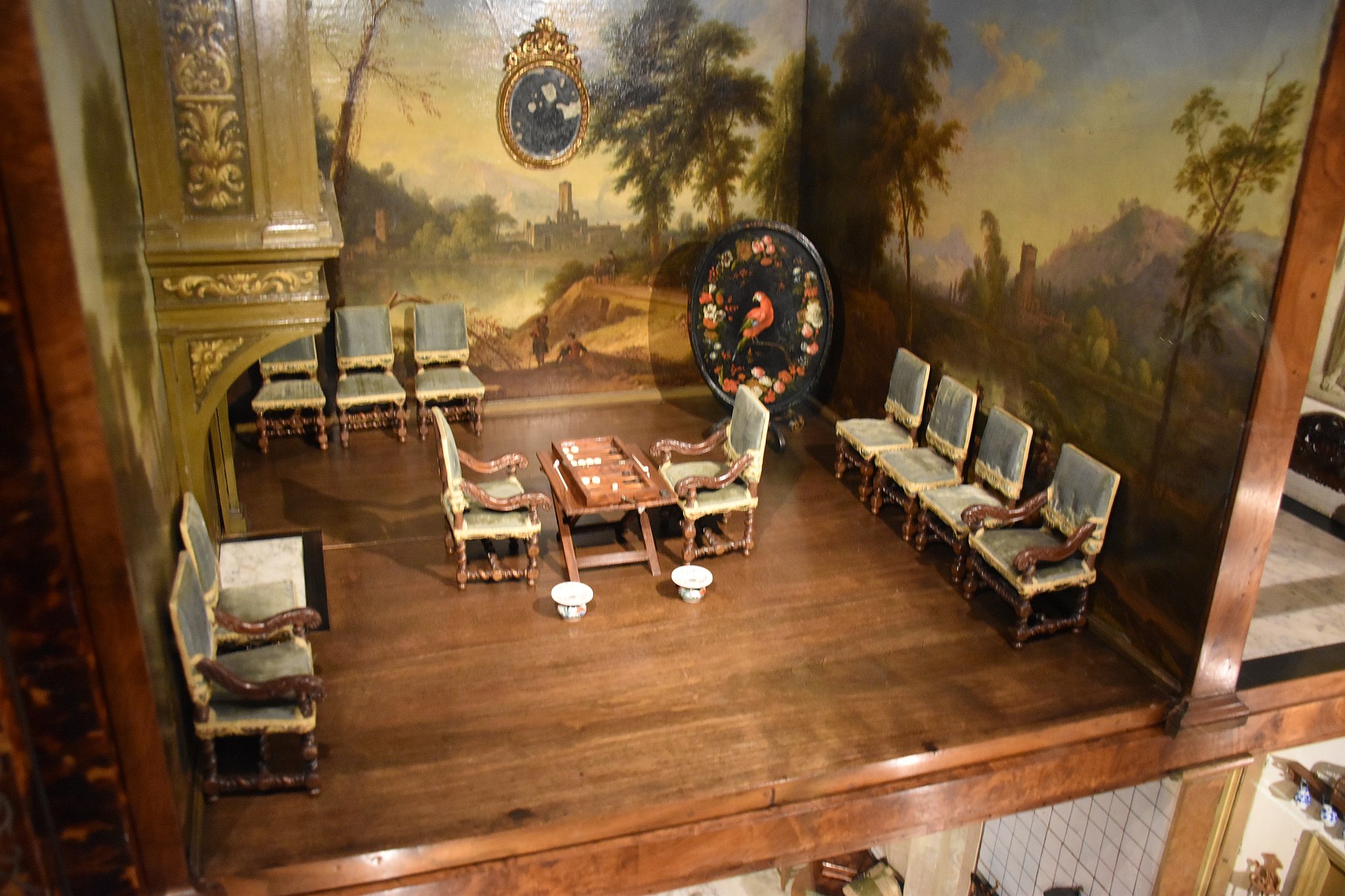
Even 94 year old psychologist Dr. Ruth still moves her dolls about in their home. She recalls when she was a young girl and the Nazis took her parents. Her grandmother shipped her off on a train to Switzerland to protect her, and she gave the only thing she had — a doll — to a younger girl who was crying in the seat beside her. There is safety and security within the dollhouse that she lacked as an orphaned child, and this stable miniature environment also helped her young patients work through serious issues.
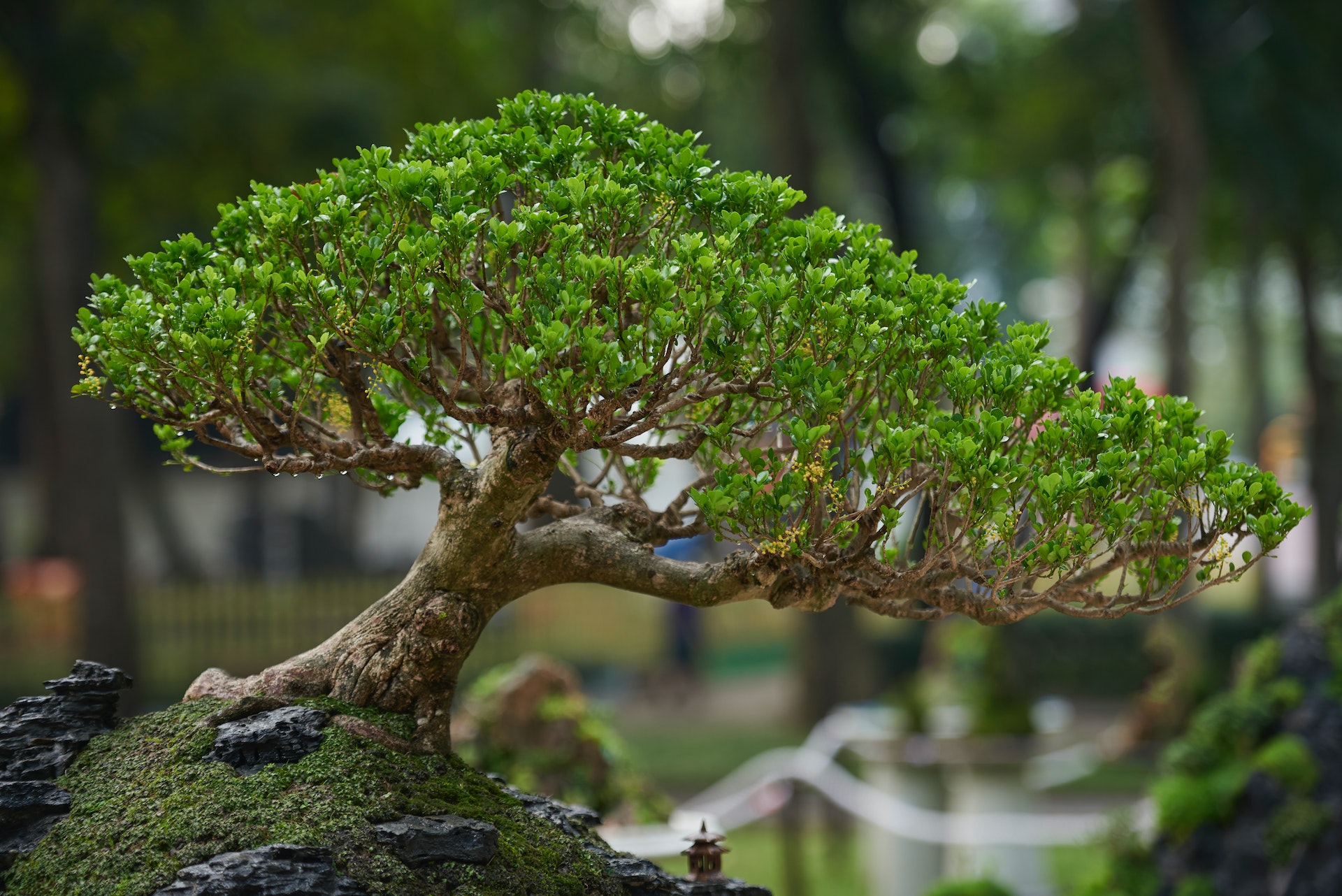
Awe and wonder
Visual salience is a design theory that says that our eyes are drawn to things that stand out. Research also shows that our eyes are quickly and automatically drawn to informative visuals. For instance, we seek eye contact because it can help us understand a person. Miniatures stand out for their extraordinary size, plus they pack a lot of information into their compact form.
Perhaps the most fascinating thing about miniatures is their fullness of detail. Tiny books with perfectly printed pages, miniature leaves and flowers on well-tended bonsai, and mouse-size dishes that look — and sometimes are — perfectly edible leave us perfectly amazed.
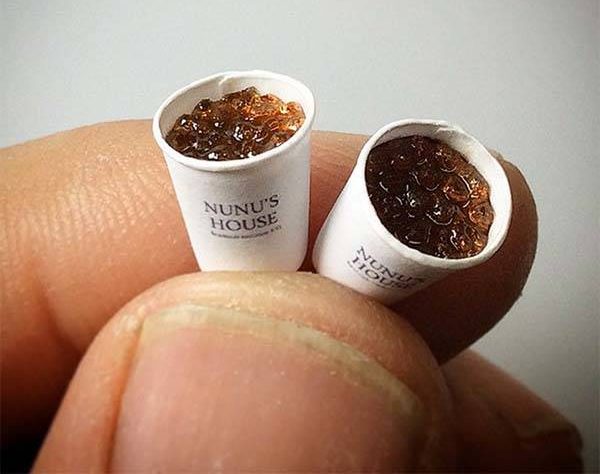
Miniatures can appear so convincingly lifelike and appealing that they take us by surprise. They seem incredible and steal our focus. Awe will do that, and it’s a good thing. Psychology professor Dacher Keltner suggests that awe corrects the negative effects of individualism and leads us to become more altruistic, less cynical, and better socially connected.
Prehistoric figurines have been found dating back 40,000 years, and miniatures continue to captivate us today; inspiring confidence, understanding, nurturing, delight, fascination and awe. American essayist Ralph Waldo Emerson remarked on a particular miniature that can represent almost as much as we can comprehend:
“It is long ere we discover how rich we are. Our history, we are sure, is quite tame: we have nothing to write, nothing to infer. But our wiser years still run back to the despised recollections of childhood, and always we are fishing up some wonderful article out of that pond; until, by and by, we begin to suspect that the biography of the one foolish person we know is, in reality, nothing less than the miniature paraphrase of the hundred volumes of the Universal History.”
Ralph Waldo Emerson
